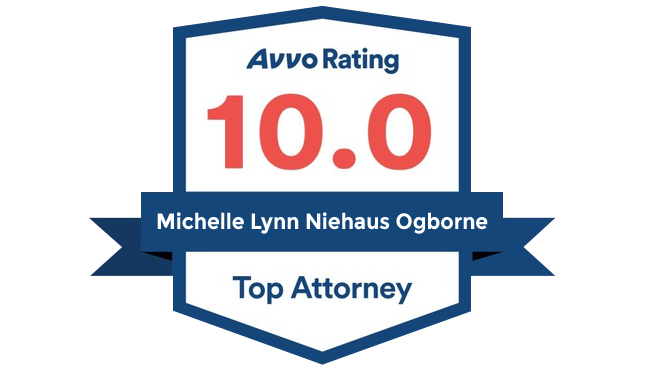Communication Inside Collaborative Divorce
A divorce is an emotional time. There can be feelings of hurt, anger, guilt, regret, sadness, and even relief.
Litigation attorney’s will tell you it’s best to keep emotions out of the divorce. But how can you do that? Collaborative divorce may be the best choice to manage emotions and continue the conversation.
Communication Is Key
Many couples lack strong communication and is part of the reason they are on the path to divorce. The ability to communicate is important during divorce proceedings. Lacking it before hand does not makes divorce more difficult.
In a litigation-based divorce, there’s little direct communication between the parties. Instead, they go through their attorneys with filings and statements. Of course, this usually serves to make the issue worse and creates an even more trying experience.
Although neither of us was looking forward to the divorce, we knew it was the best option for our family. When I first sat down with my attorney, he told me I needed to be aggressive. My wife would likely come after me for all I had and leave me with crumbs. That didn’t sound like Marcy. But I was sure the attorney had a lot more experience in these situations than I had. — John
Some attorneys tell their clients not to talk to their spouses during the divorce. Open communications, trust, or honesty needs to happen to keep your family together.
How Collaborative Divorce Helps
There’s nothing magical about the collaborative divorce process. The result is the same as with a litigation based divorce: a couple dissolves their marital union. What is different is how they achieve the end result.
Cathy and I had been best friends and partners for 20 years. We weren’t in love anymore, and we didn’t want to sour our relationship because of our divorce. The collaborative option suited us because we were able to talk about every aspect of our future. Our teenage-children were also part of the process, and we were able to honor what we had built as a family. — Steve
In the collaborative process, a communication coach helps the family. In some cases, the couple communicates well already. The coach is there to ensure continued collaboration. In others, emotions are raw and communication isn’t as effective as it once was. The communication coach would help the family find new pathways to communicate. Rebuilding burned bridges.
The Transformation That Comes with Communication
You might not think it’s possible, but during the collaborative process your relationship may even be better following divorce.
Jake and I moved too quickly in starting our lives together. We never had the opportunity to develop a foundation of communication. It wasn’t a surprise when just three years after our whirlwind courtship we were talking divorce. We just weren’t happy together—and with poor communication, animosity had grown. Then our friends introduced us to the collaborative approach to divorce. For the first time, we learned to effectively communicate. We are now friends who work together to raise our daughter, and we’re all much happier. — Angie
For some couples, the first time they’re able to share their feelings and actually hear their spouse is during the divorce process. Before divorce, the relationship is at the point where reconciling isn’t a chosen option. During collaboration, couples are able to create a new relationship with their ex-partners. And their children benefit greatly as well.
If communication is at the core of your challenges as a couple, then collaborative divorce may be a way to transform your relationship. Turning something negative into something positive.
Contact Ogborne Law to learn more about how working together can help your family be stronger in the future.
Engaging with an attorney to protect your family is never an easy step. Whether you need to protect your family from the unthinkable or restructure your family through collaborative divorce, we’re here to help. When you’re ready to schedule a consultation with Michelle Ogborne, please visit the scheduling page to get started.







